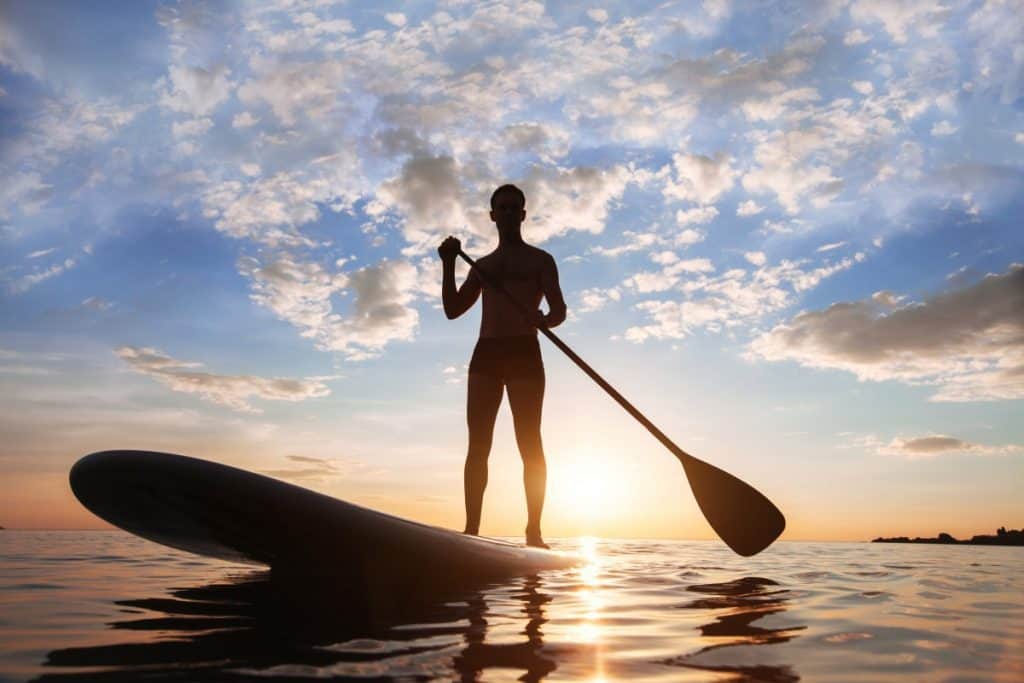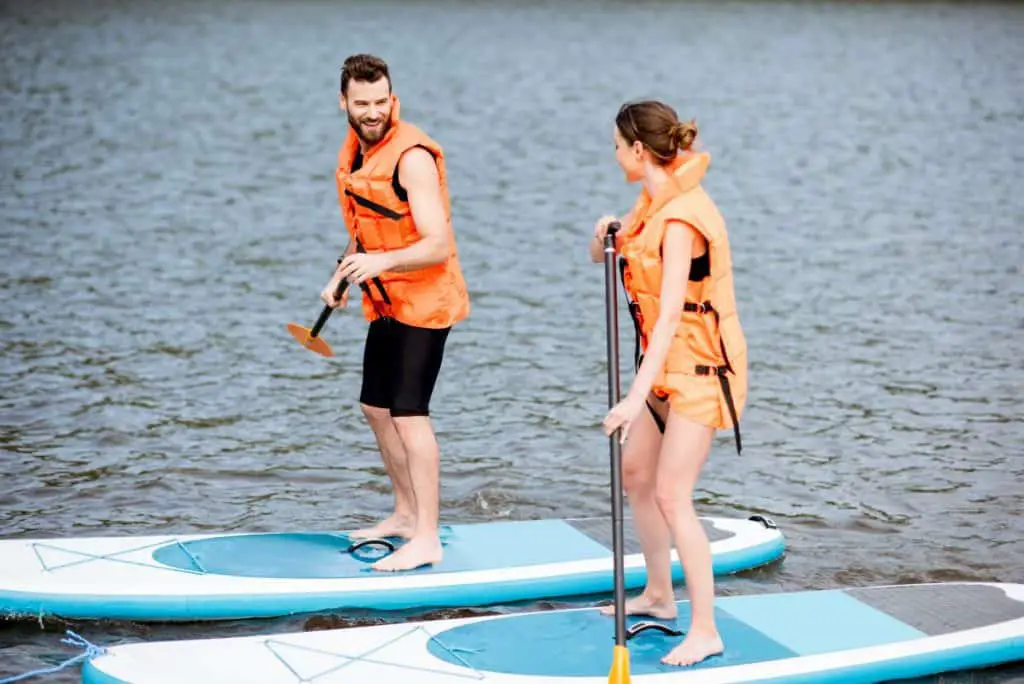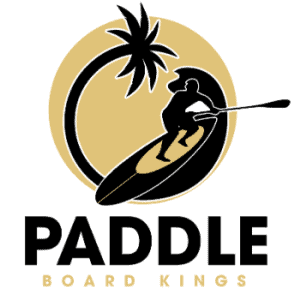
Paddleboarding is quickly becoming a popular outdoor water activity, and even a professional sport as well. But there is more than one type of board, and if you are planning on using a paddleboard it’s probably important to understand which is which. If you’re choosing between a touring paddleboard and an all around SUP (Stand Up Paddle Board) you’ll want to understand the difference?
The main difference between a touring paddleboard and an all around SUP is their shape. A touring paddleboard will have a more pointed nose while a SUP will have a more rounded nose. This difference in shape, among other changes between the boards, will influence your time out in the water.
Now let’s go into the characteristics of these two different boards, a comparison of their costs, what they are best used for, as well as how to know which one is right for you. Whichever one you decide to use, be ready for some fun times out on the water!
Touring Paddle Board

Cost: These boards typically run a higher price than the all around models. They are usually between $700 and $2000, depending on things like the brand, the quality, and maybe even the warranty. Some popular options for this type of board are the Voyager, the Cruiser, and the Traveller Aero.
Characteristics and Uses: As mentioned before, this type of board has a nose that is a lot more pointy than other SUP shapes. That kind of shape goes along the entire board, providing a shape that is a lot narrower than other paddleboards. This allows you to cut through the waves a lot faster by parting and directing the water to either side of the board.
They are also a little longer than other boards, typically more than 10 feet at least, and can be as long as 21 feet. A touring paddleboard can be used for surfing too and is great for people who want to catch waves and be in rougher water.
Pros:
- It is able to go a lot faster than other SUP’s
- This type of board is great for longer distances too – like for coastal cruises
- Easier to stay straight; while tracking you don’t have to switch sides for strokes as much
- If you have more experience under your belt with paddle boarding, this board will be a good challenge and level up for you
Cons:
- It takes a little bit more effort to balance and gain control because of the narrowness of the board and the speed with which it can take you through the waters
- It’s not as stable as other boards, so you might fall off a lot as you’re learning to use it
- A board not commonly used for other water sources like lakes and rivers
- Don’t plan on putting animals on this one – a touring paddleboard is not the best place for your furry friends
- It can be challenging in rougher water and harder to maneuver if you’re not used to it
All Around Stand Up Paddle Board

Cost: They can cost anywhere from about $300 (or less) to $2000. Like all boards, it will depend on the brand and quality. Some popular options for this type of board are the Pioneer, the Xplorer, and the Weekender.
Characteristics and Uses: Compared to a touring board, an all around SUP has a much more rounded nose. They tend to be a little shorter too but can be anywhere from 8 to 18 feet. An all around SUP also has something called a “rocker” which means that at the bottom of the board it curves upward a bit to help keep it out of the water. This also helps to lift the nose of the board up out of the water a little more.
Rather than parting the water as touring boards do, they simply ride on top of the water. And unlike other rounded SUP’s like yoga, fishing, or multi-purpose ones, all around ones have a neat balance between speed and stability. They are efficient when it comes to speed (not as fast as touring though) and are wider in the body providing a more stable board.
Pros:
- Warranties last longer than other boards usually (some up to 5 years)
- Able to be used for a lot of different activities in the water; they’re versatile and have many functions
- Better for more leisure water time
- Helpful for beginners who want to work on their skill level
- Better for those who just want calmer water or are afraid of falling in too
- Easier to use in any water source (like lakes and rivers) and easier to allow pets on
- More likely to have a full-length deck pad (a sort of traction padding made of firm rubber that helps give comfort and grip) on it
Cons:
- Not a good choice for professional paddleboard racing
- Has more drag in the water compared to touring ones
- Not as useful for longer distances and coastal cruises
Which One is Right for You?
If you are looking for speed, something for longer distances, a greater challenge, or to do paddle boarding racing professionally, a touring paddleboard would be the best option for you.
If you are looking for something built more for leisure, want one for beginners or to build your skills, or one that can work in a variety of environments, you’ll probably want to try an all around SUP.
Keep in mind the material of the board before you buy it; cheaper quality ones are typically made of mostly foam. Most commonly paddle boards are made of fiberglass and epoxy resin layers. They will probably have wood (or maybe foam) of some sort in their core. More expensive ones can even have carbon fiber in them.
Think about where you plan to use your board before you buy it. Ocean, where there are rougher waves, or flat water, like a lake? Lots of turns or a more straight path? Do you want or need a shorter or longer board? How thick is your board (think about how it will impact the buoyancy of the board)?
